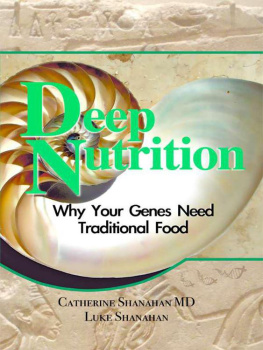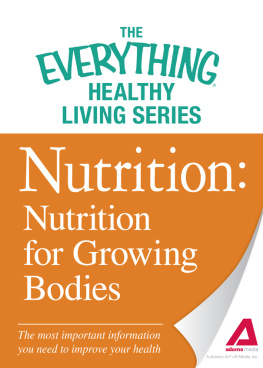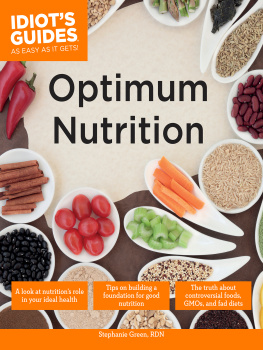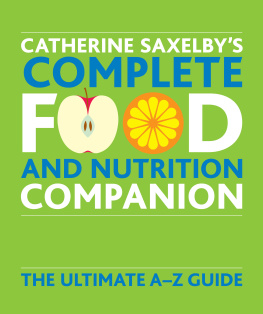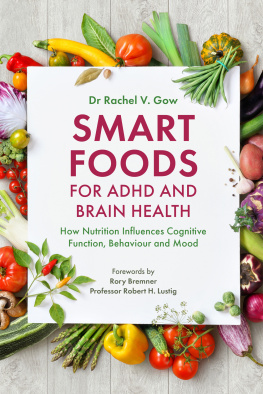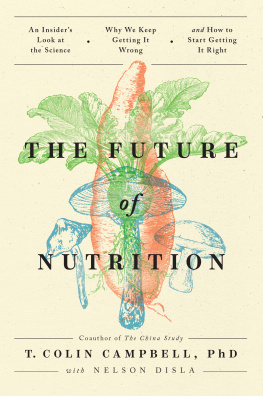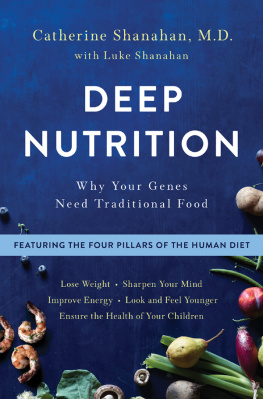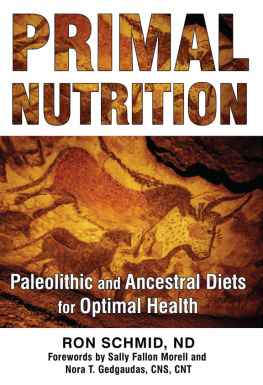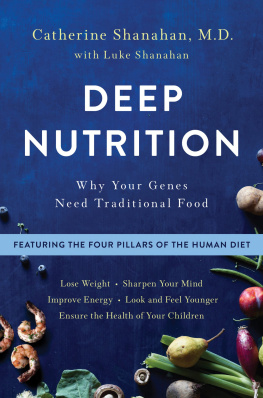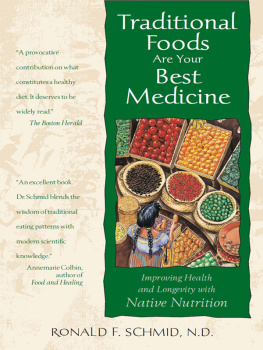

Every effort has been made to ensure that the information contained in the book is complete and accurate. However, neither the author nor the publisher is engaged in rendering advice to the individual reader.
Deep Nutrition
Why Your Genes Need Traditional Food
Copyright 2009 by Catherine Shanahan, MD, Luke Shanahan, MFA
All rights reserved. No part of this publication may be reproduced or transmitted in any form, or by any means, without written consent of the author, except in the case of brief quotations embodied in reviews.

Big Box
Books
Lawai, HI
Cover and Book Design: Catherine & Luke Shanahan
Nautilus Pompilus photo by Ethan Hern 
Amarna Tablet clay replica by Luke Shanahan
Interior cartoons by Catherine Shanahan
Library of Congress Cataloging-in-Publication Data
Shanahan, Catherine MD
Deep Nutrition: Why Your Genes Need Traditional Food
Catherine Shanahan, MD; Luke Shanahan, MFA
Includes bibliographical references and index
Library of Congress Control Number: 200890981
To order, visit www.DrCate.com
ISBN-10: 0-615-22838-0
ISBN-13 13:978-0-615-22838-9
E-Book ISBN: 978-1-61397-266-3
Photo And Image Credits
Nautilus Pompilus graphic, courtesy of John N. Harris
Persian girl, by Hamed Saber CC 3.0
Clark Gable, from Gone With The Wind trailer, uncopyrighted
Tyson Beckford, by Jesse Gross CC 2.5
Tom Cruise, by Alan Light CC 2.0
Halle Berry, by Alexander Horn CC 2.5
Blonde Student, by Yuri Arcurs Dick Cheney, Karen Ballard White House staff
Marquardt Mask and overlays, Stephen Marquardt, Marquardt Beauty Analysis, courtesy of Dr. Marquardt, www.beautyanalysis.com
Cerebellum, photomicrograph courtesy of Jhodie Duncan
Ingrid Bergman, from Dr. Jekyll & Mr. Hyde trailer, uncopyrighted
Christopher Reeve and Jane Seymour, from Somewhere In Time , publicity photo
Oprah Winfrey, by Alan Light CC 2.0
Narrow Marquardt Mask, Stephen Marquardt, MD
Maasai woman, Price Pottenger Nutrition Foundation, PPNF.org
Marquardt Mask, Stephen Marquardt, www.beautyanalysis.com
Thai woman, photo courtesy of David Miller
Girl from Hamar tribe, photo courtesy of Terry Buxton
Children milking goat, photo courtesy of Iman MP Heijboer
Kevin Dillon, photo courtesy of Allistair McMannis
Matt Dillon, photo courtesy of Devin Hyde
Nicky Hilton, by Eduardo Sciammarella, CC2.0
Paris Hilton, by Paul Schfermeier, CC2.5
Prince William and Prince Harry, Getty Images
Three Turlington sisters, by Sharon Wohlmuth
Ralph Fiennes, promotional photo
Martha, Magnus, Sophie, and Joseph Fiennes, Getty Images
Jacob Fiennes, Madam magazine
Fetal Alcohol Syndrome, photo by Teresa Kellerman, wwwlfasstar.com
Petroglyph, by Andras Zboray, Fliegel Jerniczy Expeditions, gourd portion of petroglyph was digitally modified for better viewing in black and white
Tiger Woods, by Molly A Burgess, US Navy Petty Officer 2nd Class
Maasai Man, photo courtesy of John Hanley
Dean Ornish, by Pierre Omidyar
Saccade tracings, by Alfred Yarbus
Petroglyph at Anasazi Ridge, courtesy of Don Austin
Key
CC 2.0 Creative Commons Attribution 2.0 Generic http://creativecommons.org/licenses/by/2.0/
CC 2.5 Creative Commons Attribution Share Alike 2.5 Generic http://creativecommons.org/licenses/by-sa/2.5/
CC 3.0 Creative Commons Attribution Unported http://creativecommons.org/licenses/by/3.0/
To Buddy
Of all the souls we have met, he was the most human.
Special Thanks
To dozens of physicians at UCLA and UCSF for interviews and opinions. To Dr. Stephen Marquardt for insights into his groundbreaking research. To Jo Robinson for her story of the discovery of omega-3 fatty acids. To the Price-Pottenger Nutrition Foundation for making the extensive works of Weston A. Price and Dr. Francis Pottenger publicly available. To Yvette Bambas for questions from healthcare consumers. To George Brown for design. To my brother Dan Shanahan for cartoons. To Sandra Yue for countless hours of editing. To Jeff Tucker and Rob Kvidt of Techspokes.com for social media marketing. To Carol Pimental, Leona Soares, Lizelle Hernandez, and the staff of West Kauai Clinic Kalaheo for being so caring to my patients through the years. And to all the scientists and researchers who still believe in the scientific method.

Table Of Contents
This book describes the diet to end all diets.
Thats easy to say, of course. All kinds of nutrition books claim to describe the one and only, best-of-all dietthe last one youll ever need. The truth is, there really are a lot of good diets out there. Youre already familiar with some of them: the Okinawan, the Mediterranean, and the Frenchwho paradoxically live long, healthy lives though their foods are so heavy and rich.
As a physician, Ive often wonderedas have many of my patientswhat it is, exactly, that makes all these good diets so special. If the people in Japan, eating lots of fish and fresh vegetables, and the people of the Mediterranean, eating dairy and foods drenched in olive oil, can enjoy superior health, and attribute their good health to the foods they eat, then how is it thatenjoying apparently different foodsthey can both lay claim to the number one, best diet on Earth? Could it be that many cultures hold equal claim to a fantastically successful nutritional program? Might it be that people all over the world are doing things right, acquiring the nutrients their bodies need to stay healthy and feel young by eating what appear to be different foods but which are, in reality, nutritionally equivalent?
This book comprehensively describes what could be called The Human Diet . It is the first to identify and describe the commonalities between all the most successful nutritional programs people the world over have depended on for millennia to protect their health and encourage the birth of healthy children so that the heritage of optimum health can be gifted to the next generation, and the generations that follow.
We like to talk about leaving a sustainable, healthy environment for our children. The latest science fuses the environmental discussion with the genetic one; when we talk environmental sustainability, we are necessarily talking about our genomic sustainability.
This is also the first book to discuss health across generations. Because of a new science called epigenetics , it will no longer make sense to consider our health purely on the personal level. When we think of our health, we think of our own bodies, as in I feel good, I like my weight, Im doing fine. Epigenetics is teaching us that our genes can be healthy or sick, just like we can. And if our genes are healthy when we have children, that health is imparted to them. If our genes are ailing, then that illness can be inherited as well. Because epigenetics allows us to consider health in the context of a longer timeline, we are now able to understand how what we eat as parents can change everything about our children, even the way they look. Well talk about how, with the right foods, we can get our genome into shape to give our kids a fighting chance.
Next page
